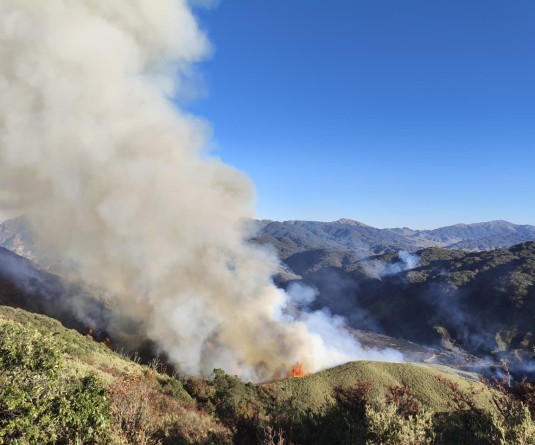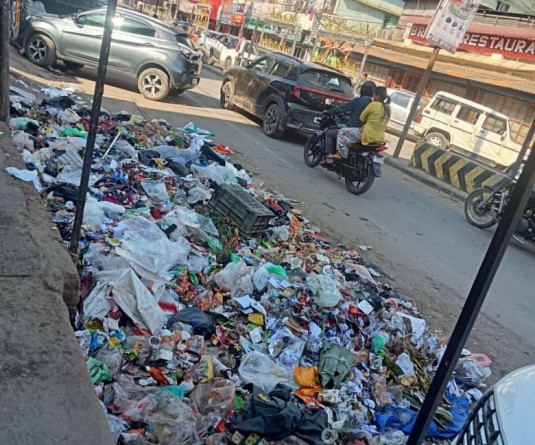
Newmai News Network
Kohima | August 2
In a state like Nagaland, where there is an ever-growing demand for more electric power, a small power generating machine which can be installed easily with the minimum of effort at places where there are perennial streams which flow down the hills sounds like something out of a dream. But, as a matter of fact, these “dream machines” are reported to have already been installed at some places in the state. The moot question, then, is why these small-scale hydro-power generating units have not been installed at more places, considering the fact that there are numerous streams which flow almost throughout the year at many places in Nagaland, they are relatively small, lightweight and can be transported easily through unfriendly terrain of steep hills and deep valleys and are of low cost in contrast with the big projects which are not only a costly affair, but also have a negative impact on biodiversity and the environment.
To give a brief history of these machines, the Nagaland Empowerment of People through Energy Development (NEPeD) had manufactured and successfully tested the first Made-in-Nagaland prototype ‘Impulse Hydroger’ on August 12, 2008, at Phesama, where NEPeD has its established demo-site. ‘Hydroger’ is a term reportedly coined by NEPeD for the more commonly known watermill, from the amalgamation of the words ‘hydro’ and ‘generator’. These locally manufactured machines are said to have achieved a higher efficiency than the Chinese models currently being used in 142 sites across the state, at 50% of the cost. Another type of hydro-power generating machine called the ‘Reaction Turbine’ is also said to be under development and slated for testing shortly.
NEPeD is an autonomous body comprising of a 7-member multi-disciplinary team drawn from various departments of the government of Nagaland, and actively involved in installing these small-scale hydro-power generating units across the state since 2007. The first of their kind, the 3 KW Impulse Turbine and 1 KW Reaction Turbine were manufactured in collaboration with another autonomous body, the Nagaland Mini Tool Room and Training Centre, Dimapur. The applicability of the two types of turbines depends on the nature of the water source. Impulse Turbines require more height of flowing water and lesser volume in comparison to the Reaction Turbines which require more volume of flowing water and comparatively lesser height.
Apart from generating clean, renewable and environment friendly energy, one of the most salient features of these machines is that they are relatively small and lightweight, which enables them to be transported through unfriendly terrain of steep hills and deep valleys, thus enabling their easy installation and power generation for on-site utility particularly in the hilly areas. The power generated by these machines can be used for economic activities during the day, while at night this power can be used for lighting and other purposes.
The hydrogers are reported to have generated immense interest and demand from the elite and sub-urban population of Nagaland, and the scope is also reported to be expanding tremendously with neighbouring states like Assam, Meghalaya and Arunachal Pradesh also showing keen interest in adopting this tested and proven technology. Once mass production can be achieved, the cost of the hydrogers is expected to reduce further. Mass production would also mean off-the-shelf availability of the hydrogers and, thus, increased installation and power generation to meet to some extent the perennial power shortfall and the ever growing demand for more power, which is bound to bring about a revolution in the power scenario of not only Nagaland but also neighbouring states and help usher in a new era of development.




.jpg)

